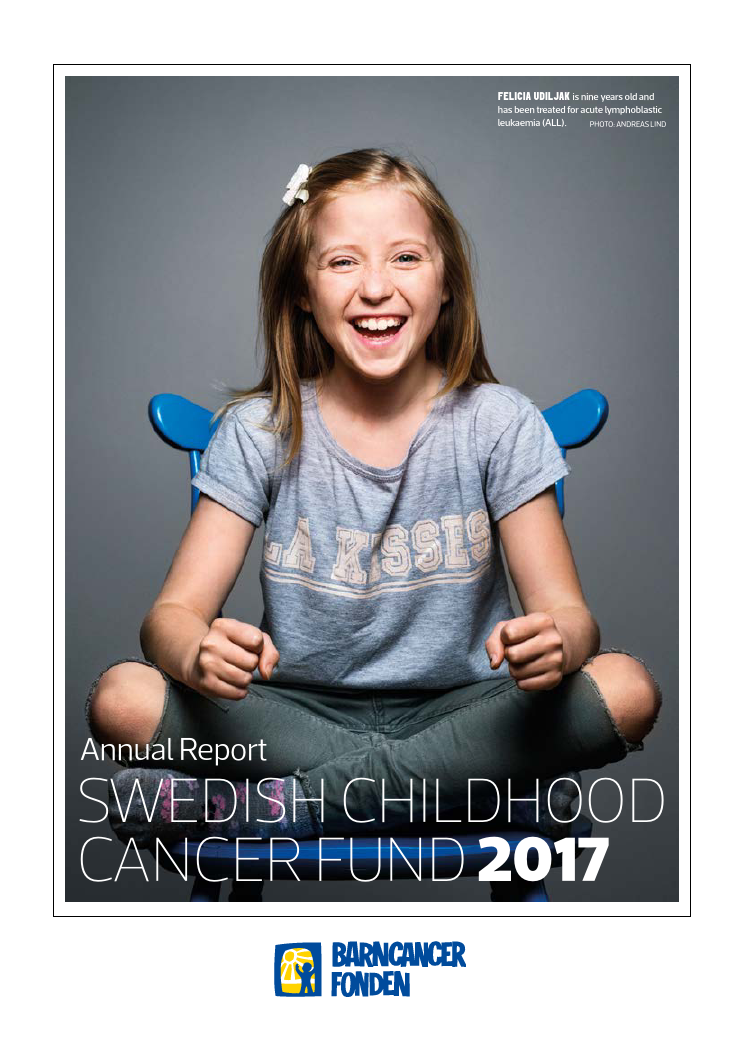Isabelle Ducellier, secretary-general of the Swedish Childhood Cancer Fund, and Jens Schollin, chairman of the board, comment on the 2017 financial year and look to the future towards upcoming initiatives.
Read their comments about 2017 hereSee pictures and videos and read stories from the year that was 2017
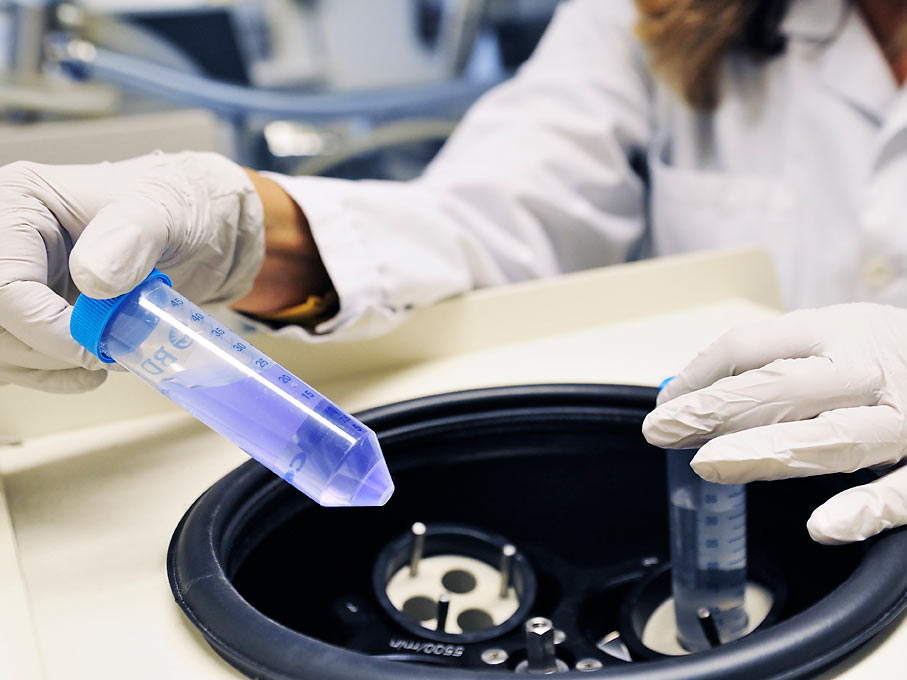
In 2017, the Swedish Childhood Cancer Fund invested SEK 121 million in research projects in paediatric oncology in the big
autumn call for proposals. A record year, both in the number of applicants and in the sum of grants.
“We are pleased to be investing in more registrar positions, something that is really needed,” says
Kerstin Sollerbrant, head of research.
The autumn call for proposals is the biggest offer of funding for paediatric oncology research projects that the Swedish Childhood Cancer Fund makes annually. It is one of several in the course of a year. Through all the calls for proposals in 2017, the Swedish Childhood Cancer Fund awarded SEK 201 million in grants. Last year was a record year, when both the number of applicants and the monetary amount of grants increased. The Fund received a total of 197 applications in the autumn call for proposals, compared with 186 the previous year. The researchers shared a total of SEK 121 million, compared with 2016, when the total was SEK 87 million.
“That’s a big increase in monetary value, which is really great,” says Kerstin Sollerbrant, head of research at the Swedish Childhood Cancer Fund. “The reason is primarily that we offered funding for research positions for registrars. Up to now, we have funded registrars every second year, but now we have decided to allocate that funding every year.”
The aim is to boost registrars’ interest in paediatric oncology and also to increase the number of clinical research projects. “In 2017 we received five applications and awarded SEK 12 million in grants,” Sollerbrant says. “This is a very good way to attract new people to the field of paediatric oncology, and the results were excellent.”
In the autumn of 2017, the Swedish Childhood Cancer Fund also did a joint call for proposals with the Swedish Heart-Lung Foundation. Through it, SEK 5 million was awarded to four research projects focusing on the connection between heart problems and cancer in children and adolescents.
Research projects on leukaemia top the list of grants, closely followed by projects in brain tumour research and neuroblastoma. Two research fields that are particularly popular are personalised treatments and acute and late complications. Those fields also received grants to a higher degree than others.
Another explanation for the Swedish Childhood Cancer Fund’s record year with greater research grants is that we have implemented clear guidelines for the sizes of project grants, with predefined grant levels, in order to even out the differences between different research boards, which has led to larger average amounts per grant.
The Swedish Childhood Cancer Fund is the single largest financier of childhood cancer research in Sweden. Thanks to these grants, Swedish researchers can get the long-term support they need in order to save more children.
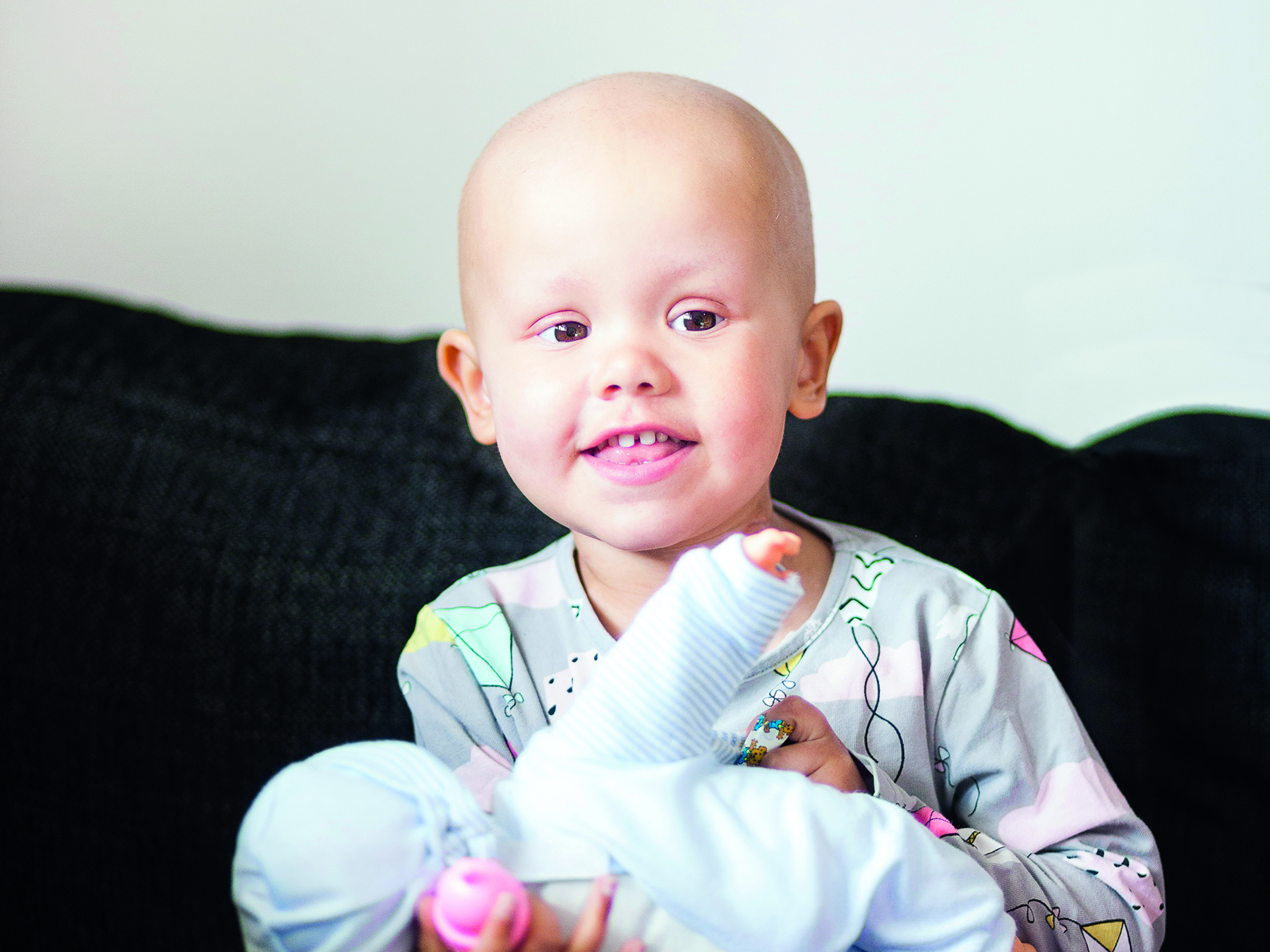
In 2017, the Swedish Childhood Cancer Fund received its biggest donation ever when a private donor gave securities
worth SEK 50 million.
“Thanks to that gift, we were able to increase grant funds in the autumn call for proposals by about
SEK 20 million,” says Rebecka Winell, head of bequests.
It all started with a phone call to the Swedish Childhood Cancer Fund’s switchboard late last autumn. A person wanted to
talk to someone about making a big donation to research.
“The person wanted to visit us to talk about making a donation, how to go about it and why they wanted to
give,” she tells us. “The person also wanted more information about how we provide research grants and how
their donation could contribute to that.”
The person was received at the central Stockholm office, where they explained that they had heard a radio
programme on childhood cancer and the lack of research in the field, and that had led them to decide to donate.
When Rebecka asked how much the person wanted to give, she thought at first that she had heard wrong.
– “I want to donate SEK 50 million in securities.”
It is the biggest single donation the Swedish Childhood Cancer Fund has received in our 35 year history.
Incredible!
The donor did not have any personal connection with childhood cancer, but in their childhood a close family
member had died at a young age, and that had left a mark. Now the person wanted their donation to make a
difference in research on childhood cancer. The donor asked to remain anonymous, but was still willing to
explain their decision:
– “Why am I making this donation? Honestly, in the past two years, Providence has left me with more
capital than I need, and my heirs don’t need to get everything. When you’re in that situation, and there
are actually an astonishing number of people who are, that’s when it’s time to give to charity. For my part,
I chose the Swedish Childhood Cancer Fund. I know that there are many research projects in the field of paediatric
oncology that need funding. I hope that my donation will allow more projects to be implemented faster.”
And in fact, thanks to this generous gift, the Swedish Childhood Cancer Fund was able to increase its grant
offering in the big autumn call for proposals by over SEK 20 million.
The anonymous donor now hopes that others will be inspired by their gesture:
– “To others who are considering donating, I want to say – don’t put it off. It’s a great joy to be
able to tell yourself you did something. It’s torturous as long as you go around saying you plan to, someday,
but maybe not right now.”
It took several weeks to sell the enormous share portfolio. The advantage of donating securities is that the donor does not have to pay capital gains tax, because the Swedish Childhood Cancer Fund is exempt.
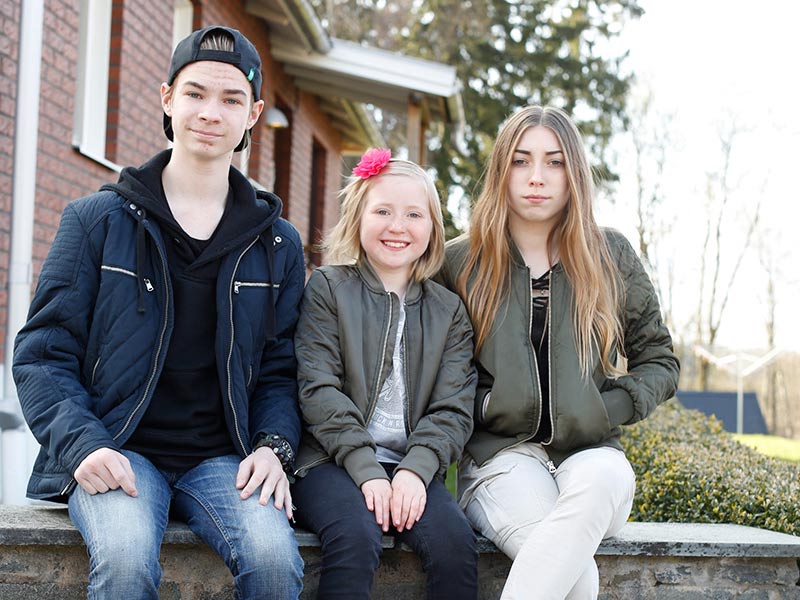
The Swedish Childhood Cancer Fund is a major financier of childhood cancer research in Sweden, which is one of the reasons that Felicia Udiljak, 9, is alive today. But even if her treatment is over, her parents and siblings are still worried.
The Udiljaks’ youngest daughter Felicia recently finished her leukaemia treatment. Somewhere along the way, her siblings Linnéa and Oliver became teenagers, without any fanfare at all. The siblings’ worry took a toll on their schoolwork. Mum Therese and dad Mikael are worried about a relapse.
But their home outside Borås shows no outward signs of anything unusual. The hallway is overflowing with shoes, Felicia is looking for her favourite cat jumper in the piles of clothes, and the teenaged siblings are shut in their rooms.
Big sister Linnéa takes a seat at the kitchen table. She’s 14 years old, her eyebrows painstakingly shaped.
“We got sort of lost in the shuffle,” she says. “Felicia got all the attention. We became teenagers and we’re...”
“...BIG PAINS,” Felicia calls out.
Big brother Oliver comes out of his room and sits down.
Both say they felt that no one at school understood.
“It would have been nice to have some extra help,” Linnéa says. “The teachers could see my grades dropping.”
While the parents of children with cancer can take time off work, their siblings need to keep performing as always.
“The teacher tries to understand, and my friends really don’t get it at all,” says Oliver. “Sometimes it’s just a bit too much.”
“It’s impossible to describe what it’s like when your little sister has cancer,” Linnéa says. “It’s really impossible. You get depressed and feel awful and worry about what’s going to happen.”
Mum Therese describes her family:
“Four of us are exhausted and one is feeling better than ever. And now we all have to get back into the swing of things, school and work.”
Dad Mikael still lives in fear. Several friends they got to know at the hospital lost their children. Children with the same diagnosis as Felicia’s.
“It feels like I’m standing in front of giant scales and I don’t know which way they’re going to tip,” he says. “If we’re going to make it or not. And it’s not natural, children aren’t supposed to go before their parents.”
Felicia’s treatment was completed in August 2017.
“I have really mixed feelings now after everything,” says Therese. “I’m ecstatic and so relieved that she made it through this. But I’m sad and grief-stricken that she had to go through it at all – and terrified that it’s going to come back.”
Felicia takes down a jumper with a cat on it from a hook in the hallway. Now she’s happy.
“This one brings out the colour of my eyes,” she says.
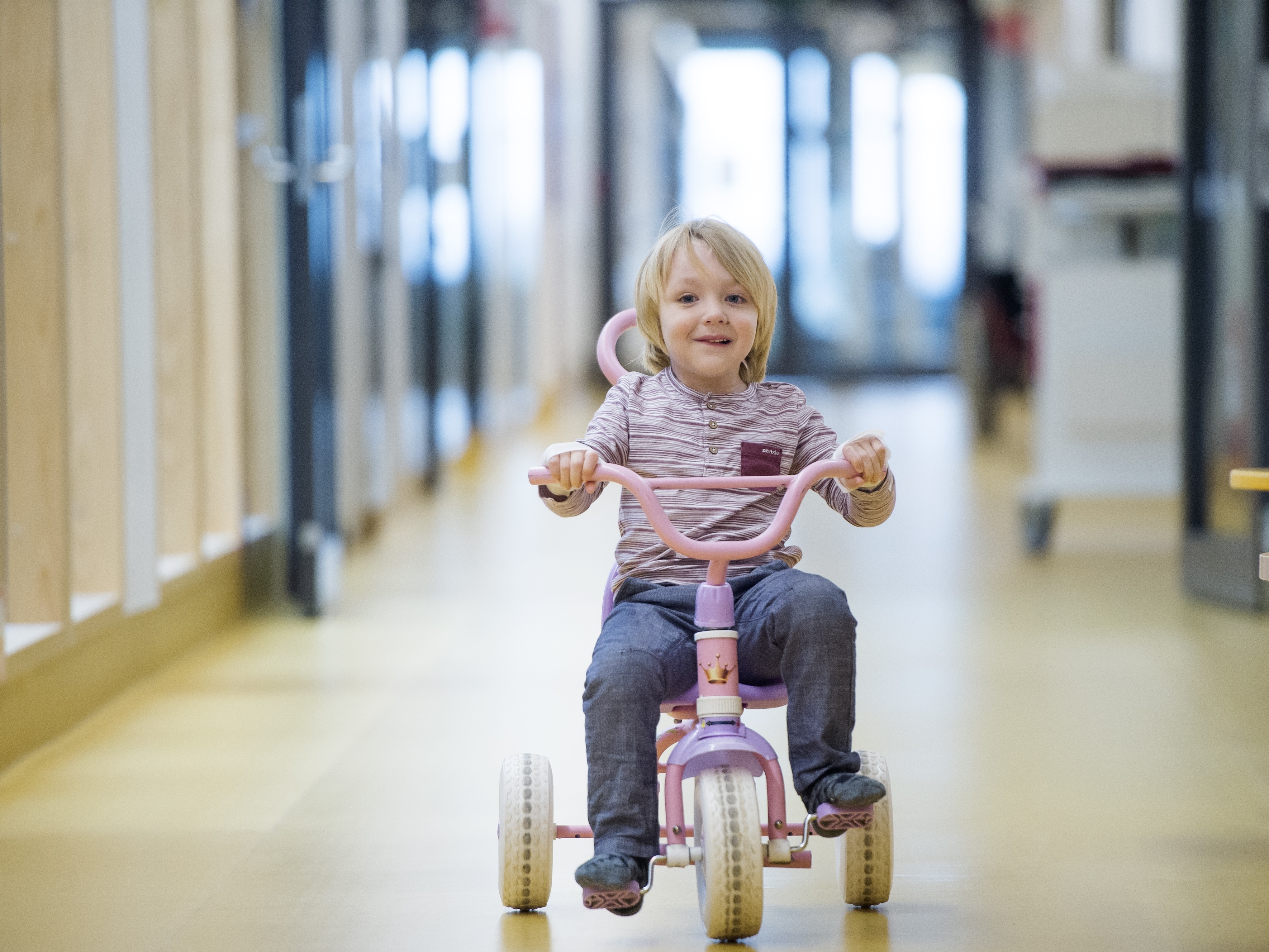
Since 2017, Swedish children who have relapsed into cancer can be included in a study examining goals for targeted treatment.
New treatments need to be tested at clinical testing centres, such as HOPE.
“We need to test new medicines for those we cannot cure today,” says Ingrid Øra, paediatric oncologist and
the head of HOPE.
Today, 80 per cent of the over 300 children diagnosed with cancer each year survive. HOPE (Haematological Oncological Clinical Trial Centre) exists because 80 per cent is not enough.
“Without clinical trials of new pharmaceuticals, we won’t get anywhere,” Øra says. “The results of basic research need to be tested in real life. In addition, we hope that tailored treatments can replace aggressive chemotherapy and radiation treatments in the future.”
Not all children benefit from participating in a phase I or phase II study. But these are the studies that determine if the medicines used today on adults will also work on children, and if children can tolerate them without severe side effects.
Since 2016, Sweden’s two clinical trial centres, HOPE in Stockholm and its counterpart in Gothenburg, are a part of Innovative Therapies for Children with Cancer (ITCC), a European umbrella organisation for early clinical pharmaceutical trials for children.
Besides giving Swedish children the opportunity to participate in international studies, participation in ITCC promotes collaboration and exchange of experiences for healthcare professionals.
“This is something that everyone in paediatric oncology is passionate about,” Øra says. “Through ITCC, we can attend meetings, follow the latest developments and further pursue the research with colleagues and pharmaceutical companies.”
In 2017, it became possible for Swedish children to participate in INFORM (Individualised Therapy for Relapsed Malignancies in Childhood), a German study that conducts genetic analyses of tumour cells from children who have suffered relapses, with the aim of finding new, targeted treatment methods.
Relapses are usually the reason that children die of cancer.
“The Swedish Childhood Cancer Fund makes it possible for even the sickest children to test new cancer drugs here in Sweden,” Øra says. I’m grateful to be able to work with this in my years as a paediatric oncologist.”
The HOPE unit is located at the Astrid Lindgren Children’s Hospital in Stockholm. It started up in 2016 on the initiative of the Malm family, who lost their son to cancer.
The Swedish Childhood Cancer Fund, the Malms’ foundation Entrepreneurs for Good, and fundraisers at Karolinska Institutet fund the operations.
At HOPE, drugs that have already been proven effective on adult patients are tested on children.
“It’s a bit like looking into the future,” Øra says. “The dream of being able to cure everyone, without damaging healthy cells, is our motivation. It will take a long time, but children must be allowed the opportunity to test new cancer drugs in a controlled situation.”
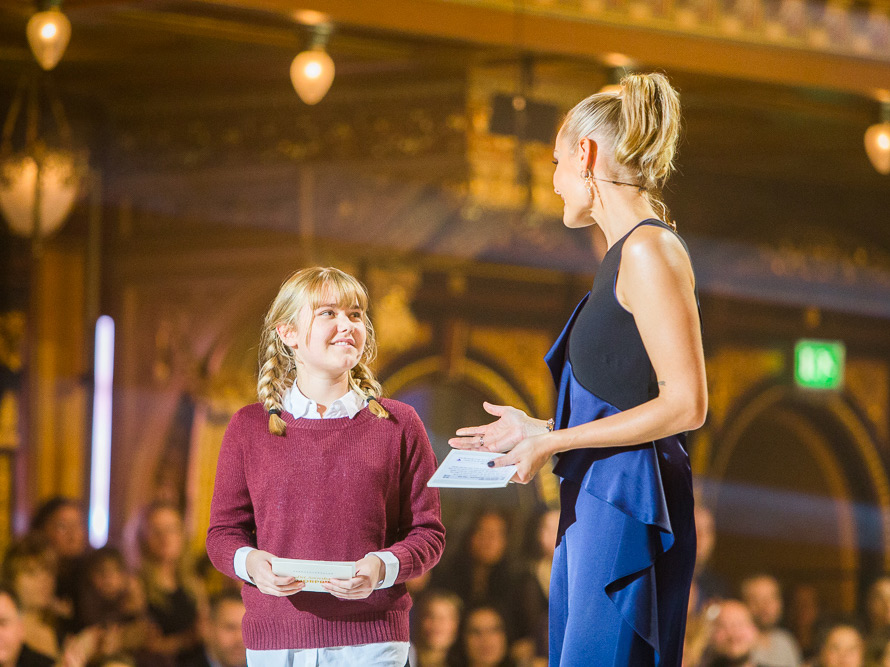
For the third year in a row the Childhood Cancer Gala – the Swedish Humour Prize resulted in thousands of new Child Supporters and money for childhood cancer research. A new fundraising record was set in 2017 – SEK 75 million for the fight against childhood cancer.
In October, Sweden’s comedy elite got together with children with cancer and their families for the televised Childhood Cancer Gala – the Swedish Humour Prize. The aim of the gala is to celebrate the things that make us laugh, while raising money for childhood cancer research. Laughter is important. Research shows that children laugh or smile an average of 400 times a day. But when a child falls ill, it can be hard to find that laughter inside them – that’s why the Childhood Cancer Gala – the Swedish Humour Prize honours those who make us laugh the most.
“Children being treated for cancer and their families are in an extremely tough situation. Just when it’s hardest, it may feel extra-liberating to laugh and experience hope,” says Anne Bergsten from the Swedish Childhood Cancer Fund.
The 2017 gala set a new fundraising record. In two hours, 9,000 people became Child Supporters – monthly donors – which in the long run gives SEK 75 million to the Swedish Childhood Cancer Fund’s efforts to achieve our vision of eradicating childhood cancer. During the gala, awards were given to Måns Herngren and Hannes Holm. Galenskaparna and After Shave won the honorary prize in memory of Gösta Ekman, and Shima Niavarani won the award for Humour Performance of the Year for her role in the musical Bullets over Broadway. The Children’s Prize went to YouTube star Joakim Lundell. He was visibly moved when he accepted the award, which he dedicated to his late friend Alexander Falk, who died of his childhood cancer in the beginning of 2017.
“This is a difficult and important gala,” Lundell said on stage. “It’s close to my heart. No child should ever have to have cancer.”
The gala is a joint project between the Swedish Childhood Cancer Fund, Discovery Networks Sweden, which owns the TV channel Kanal 5, and the production company FLX. The host was Carina Berg.
“It was an incredible emotional roller coaster,” she says, “but my God, what a rush it ended with. Unbelievable numbers! And that has to do with all the wonderful families choosing to share their stories.”
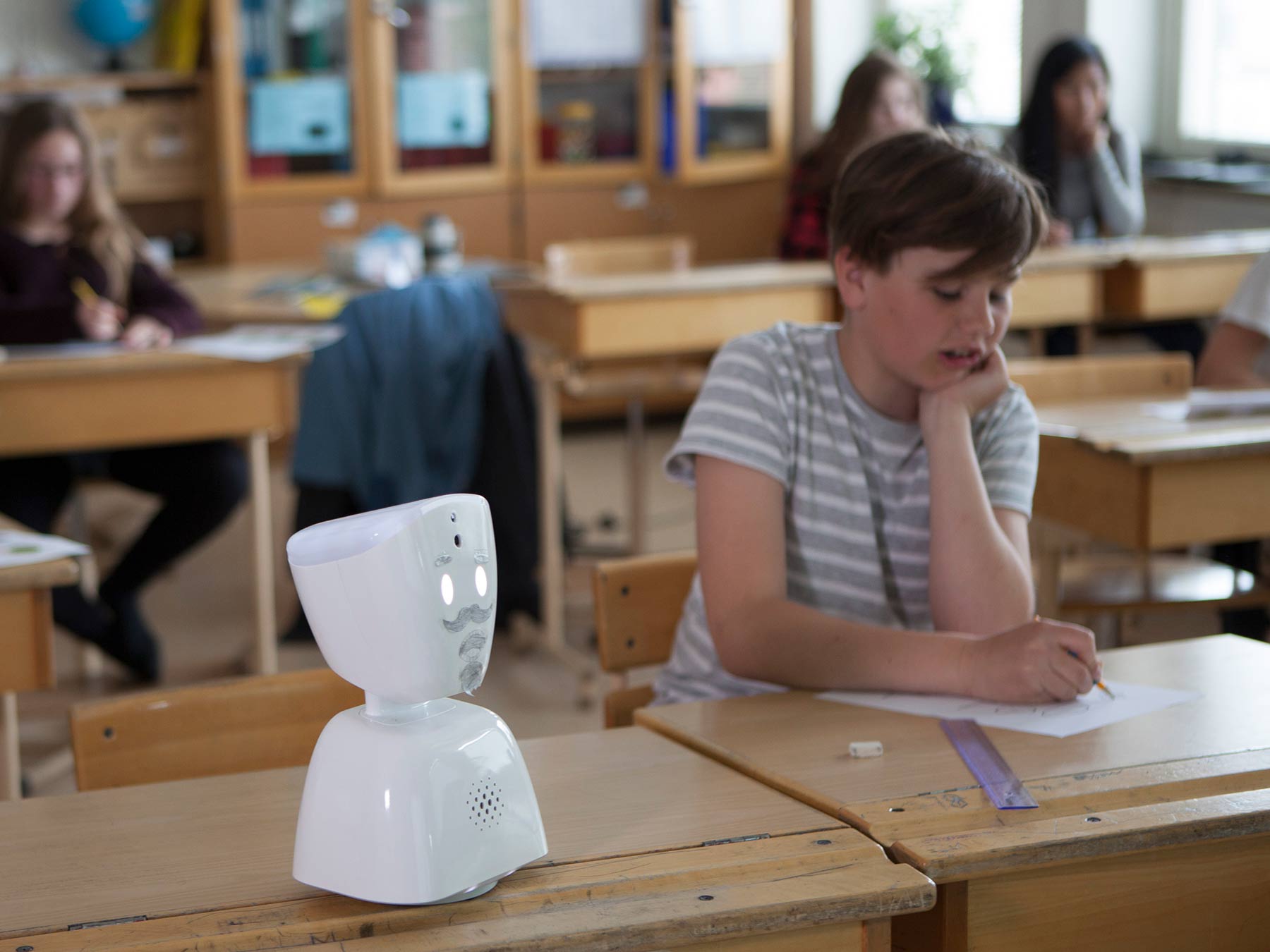
A robot allows children and adolescents with cancer to keep up with their schoolwork from the hospital or home. Now 42 such robots are on their way out to the nation’s schools, thanks to a donation from the Swedish Childhood Cancer Fund’s partner Bauhaus.
Rasmus Karlsson, 13, has acute lymphoblastic leukaemia. The disease involves many long, drawn-out treatments, infections and days in the paediatric cancer ward. The treatments make Rasmus tired, and sometimes it is too difficult to go to school and participate in classroom activities. But now there is an invention that lets him listen to lectures and be a part of the class from home or the hospital. The AV1 robot and Rasmus are among the first in Sweden to test the system.
“It’s easier for me to keep up with my schoolwork because of the robot,” Rasmus says. “It lets me know what I’m supposed to be doing.”
The AV1 Robot is a Norwegian invention that helps children with long-term illnesses keep up with their schoolwork. The robot takes the pupil’s place at their desk and is connected to a tablet computer in the child’s home. Through it, the child can communicate with teacher and classmates. Thanks to a SEK 1.5 million cheque from the DIY company Bauhaus, one of the Swedish Childhood Cancer Fund’s main partners, 42 robots are now headed out to Swedish schools via the nation’s six paediatric oncology centres.
“The school robot serves as a link between the school and the child being treated for cancer,” explains Isabelle Ducellier, secretary-general of the Swedish Childhood Cancer Fund. “The child doesn’t lose touch with the school or their instruction during their care, which is incredibly important.”
For Rasmus, the school robot is now his eyes and ears in the classroom.
“I like the robot better than going to the hospital school,” he says. “It lets me listen to lectures, raise my hand, ask questions and even whisper to my best friend Vilgot.”
AV1 is the child’s eyes and ears in school when the child cannot be there.
Using 4G technology, the robot can be used almost anywhere.
AV1 is designed to be user-friendly and adapted to the child’s needs. The robot starts up when the child connects with it from a tablet computer. The child can see and hear everything that happens in the classroom via a camera, and is able to talk through a speaker.
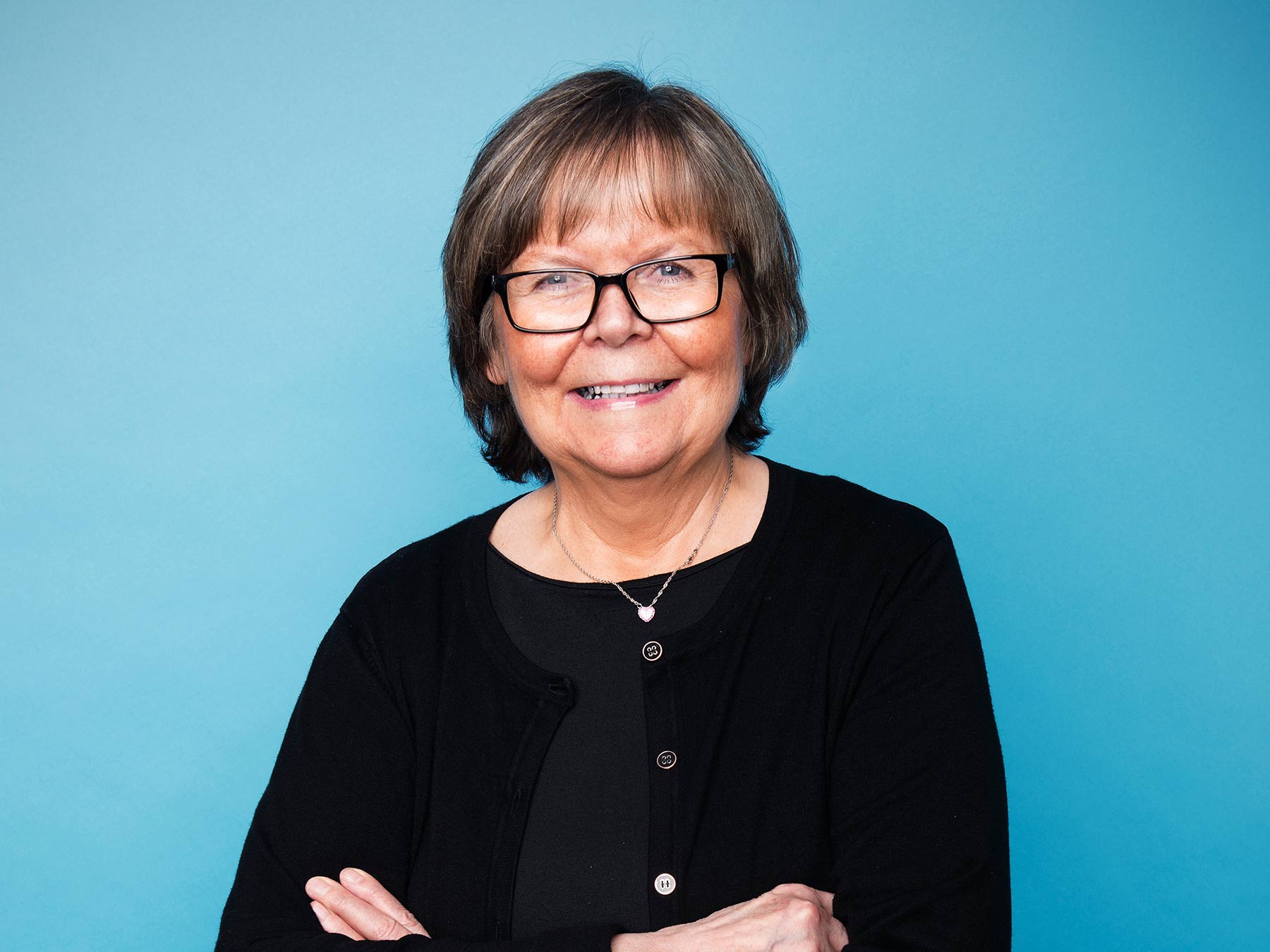
In the first year, 60 paediatric nurses and nurse’s aides were trained in paediatric oncology nursing. Courses included lectures on palliative care, nursing research and transcultural care. In autumn 2018, a new course in medicine will begin.
The Swedish Childhood Cancer Fund funds several different specialist training courses in paediatric oncology for nurses and doctors, and now also for paediatric nurses and nurse’s aides.
“Paediatric nurses and nurse’s aides are important professional groups on paediatric oncology wards, but they lack medical training or other specific training in childhood cancers,” explains Kirsti Pekkanen, specialist nurse at the paediatric oncology Center in Gothenburg and in charge of the Swedish Childhood Cancer Fund’s training courses. “The purpose of this course is to focus on these groups and their needs. Many new treatments have come along, and it is important to enhance their skills.”
The Swedish Childhood Cancer Fund pays for training and accommodation for participants, which is possible thanks to all of our fantastic donors. However, their employers must give them time off and pay for their travel. The first two training courses for paediatric nurses and nurse’s aides took place in late autumn 2017, and the seats filled quickly. A total of 60 participants from all around the country attended the lectures, which went on for four days.
“We had some of our best nursing researchers talking about palliative care, social life, psychosocial aspects, treatments,
cultural differences and a bit about how children with different diagnoses should be cared for,” Pekkanen
says.
The evaluations were very positive, but one request stood out:
“The participants asked for a course with more medical content. We will be holding just such a course in
the latter half of 2018. This will further enhance their skills and allow them to give children with cancer
even better treatment.”
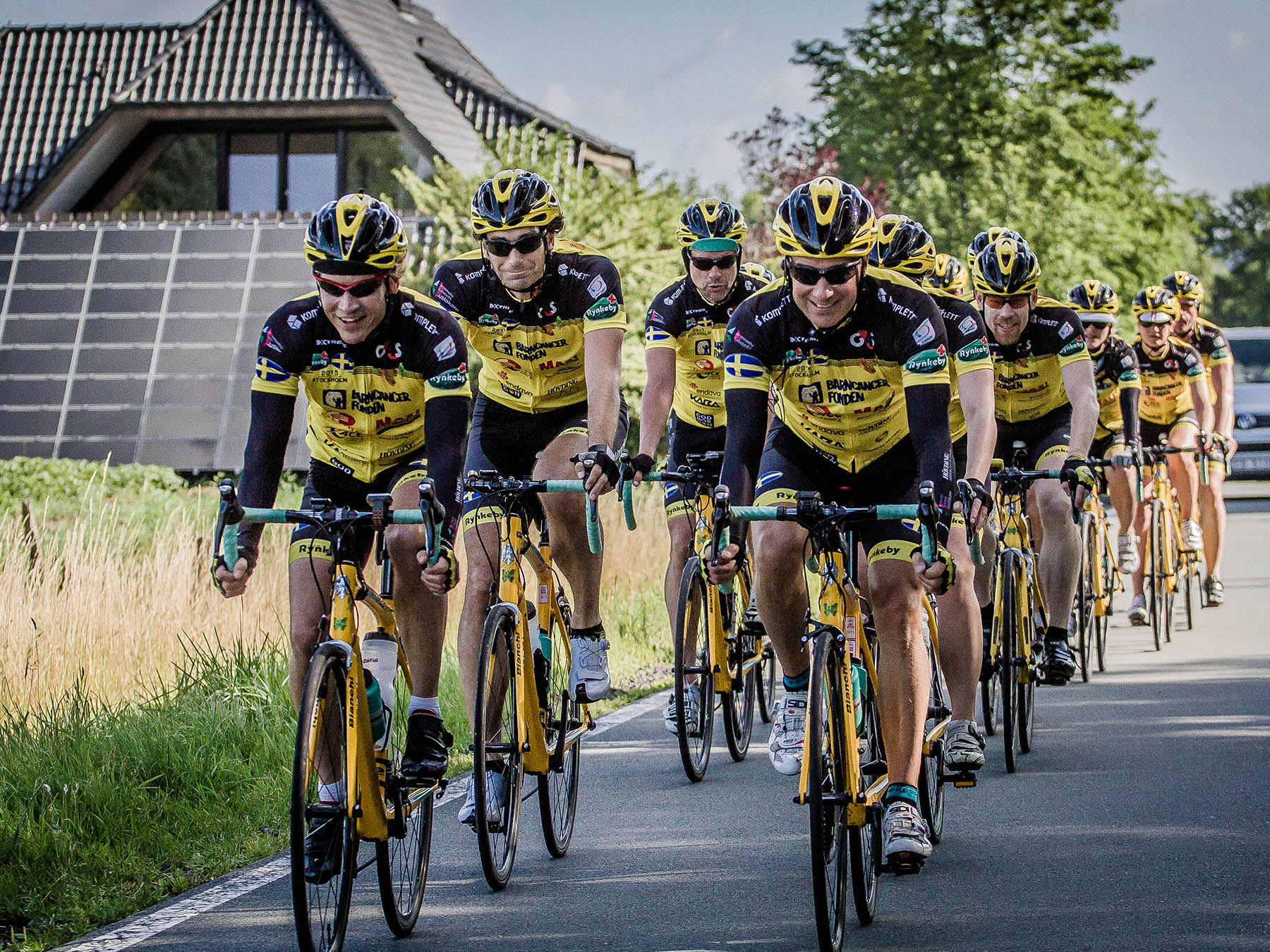
The cycling teams in the Team Rynkeby – God Morgon project have raised millions of kronor for the fight against childhood
cancer. Last year they brought in nearly SEK 27 million to the Swedish Childhood Cancer Fund.
“The significant donation from Team Rynkeby – God Morgon is much-needed for our long-term initiatives,”
says Åsa Blomberg, head of corporate fundraising at the Swedish Childhood Cancer Fund.
Team Rynkeby – God Morgon is a part of a Nordic charity project that raises money for the Swedish Childhood Cancer Fund every year. The participants are organised in several teams that cycle to Paris in a group. The juice company Rynkeby – God Morgon covers the central costs, while the participants pay their own way through a sign-up fee of about SEK 24,000. In 2017, thirteen teams from Sweden participated, about 450 cyclists. Together they brought in SEK 27 million to the Swedish Childhood Cancer Fund.
“Research is needed if more children are to survive their cancers – and research costs money,” Blomberg says. “When we fund childhood cancer research, it is important to ensure a long-term commitment, because it takes time to get results. That’s why this huge contribution from Team Rynkeby – God Morgon is incredibly valuable to our long-term commitment to the fight against childhood cancer.”
The first bike ride took place in 2002 and was an initiative from the company’s employees. In 2011 the team started collaborating with the Swedish Childhood Cancer Fund.
“The collaboration with the Swedish Childhood Cancer Fund through Team Rynkeby – God Morgon has worked amazingly well,” says Magnus Berndtsson, managing director at Eckes-Granini. “It’s a well-known organisation with a praiseworthy goal. We are proud to be able to contribute each year.”
In spring 2017, Rynkeby Foods A/S was sold to the German juice company Eckes- Granini. The sale led to a reorganisation, and the Team Rynkeby Fund’s operations in Sweden, Norway and Finland were placed under the new owners’ God Morgon brand.
“When Eckes-Granini bought Rynkeby Foods, it was important for us to find a way to keep Team Rynkeby, because it has such huge support,” says Pernilla Morén, Senior Brand Manager for God Morgon juice.
She emphasises the significant business benefit of consumers associating the company with something that does good.
“The initiative is visible and noticeable – all the cyclists are ambassadors for the brand, and they are visible in many places in the country. Now we want to make Team Rynkeby – God Morgon even bigger and better.”
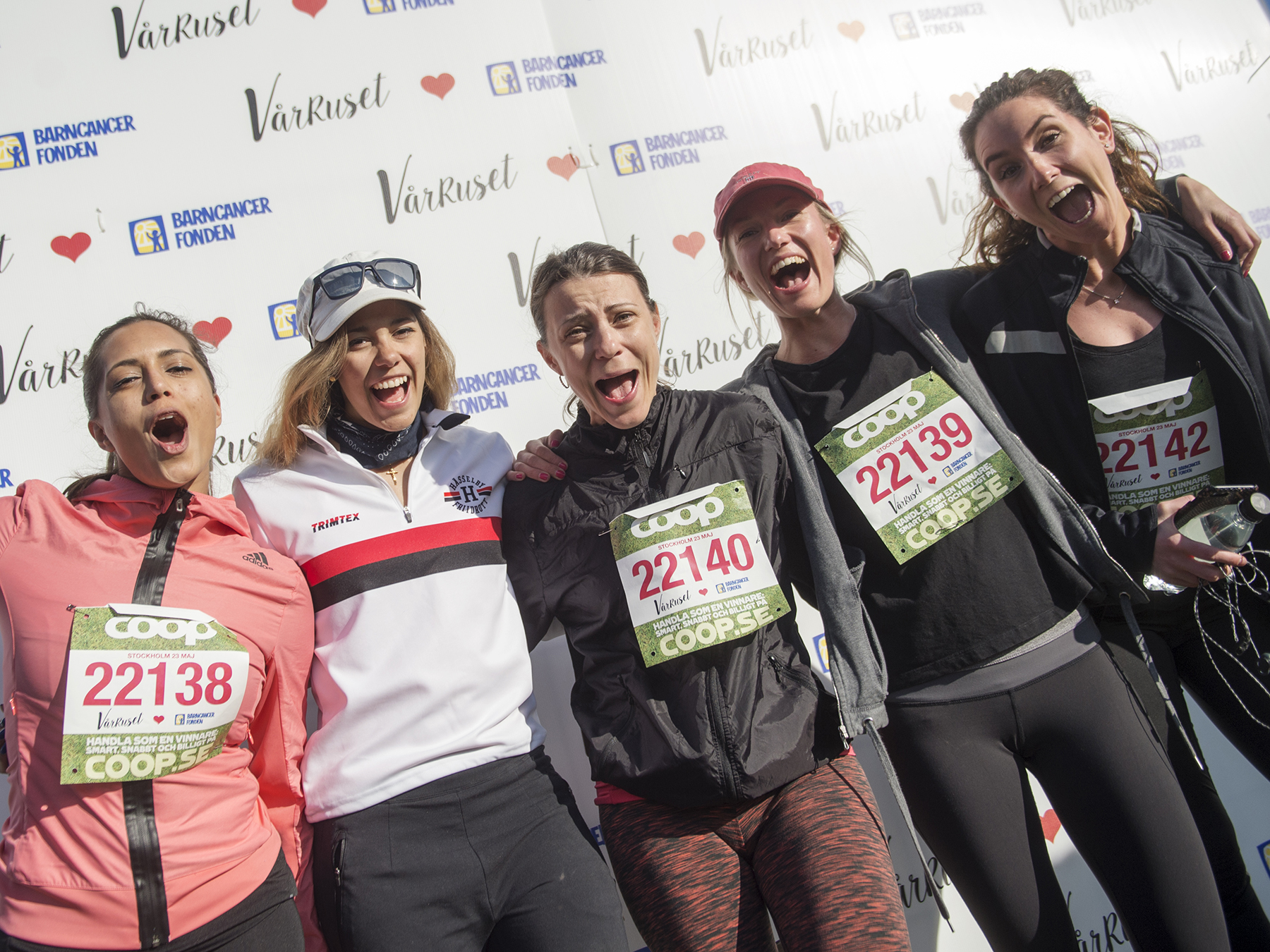
Last year, women around the country ran to raise SEK 1.75 million for childhood cancer research.
“We’re thrilled for our own sake and for the Swedish Childhood Cancer Fund,” says David Fridell, marketing
manager at Marathongruppen, which arranges Vårruset.
For the past two years the Swedish Childhood Cancer Fund has collaborated with Vårruset, the world’s biggest fun run for women. In 2017, the Swedish Childhood Cancer Fund raised SEK 1.75 million thanks to all the participants. The money came from the sign-up fee, in which each participant contributed SEK 15, and from voluntary donations of SEK 15, 25 or 50.
“Every single runner contributes to the fight against childhood cancer through their participation,” says Isabelle Ducellier, secretary-general of the Swedish Childhood Cancer Fund. “Many also chose to give an extra donation, which makes us very happy.”
In every race, people from the Swedish Childhood Cancer Fund and survivors of childhood cancer were on site, and at the end of some of the courses, the participants were greeted with the Swedish Childhood Cancer Fund’s great symbol of hope – the blue chair – to remind them of the goal.
The reason that Vårruset chose to work with the Swedish Childhood Cancer Fund was the result of a survey conducted two years
ago.
“It showed that our participants wished we would collaborate with a charity organisation that works for children
in Sweden,” says David Fridell, marketing manager at Marathongruppen, which arranges Vårruset.
“That’s why we chose the Swedish Childhood Cancer Fund. It suits our target group perfectly. And now we can
see that this partnership has created great business benefit. We have more participants running, and that
means we can donate more money to the Swedish Childhood Cancer Fund, which is what our participants want.”
In 2017, 105,000 women participated in one of the 19 cities where the run was arranged. That’s about 10,000 more than before the partnership.
“It’s easy to see that our partnership is one reason that more people are doing the run,” Fridell says. “We’re thrilled for our own sake and for the Swedish Childhood Cancer Fund.”
We hope that even more participants will raise money for the Swedish Childhood Cancer Fund in 2018.
“We will be involving more fundraisers and sponsors. We will also have interviews with a former cancer patient on stage. It’s important that we highlight the positive, that the participants hear a story that gives them energy during for the run.”
The core values of Vårruset – togetherness, involvement and celebrating health based on your own abilities – also harmonise well with those of the Swedish Childhood Cancer Fund.
“Vårruset is fantastic,” says Elinor Westerberg at the Swedish Childhood Cancer Fund’s corporate fundraising office. “There’s such energy and strength in all these women. We are extremely pleased with this partnership and we value it highly.”
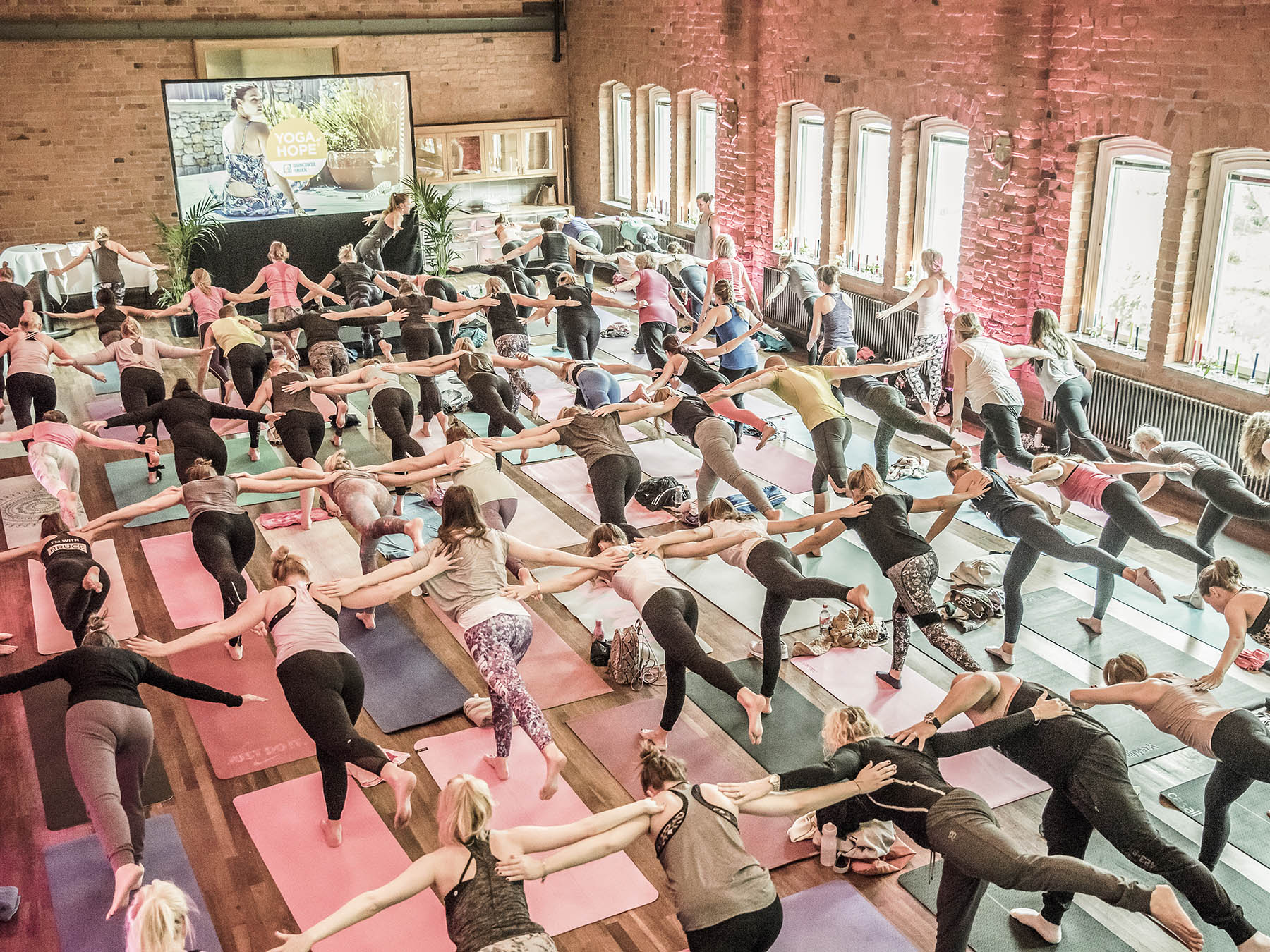
Last year, people worldwide participated in a yoga fundraiser that brought in over SEK 600,000 for childhood cancer research.
“Thanks to this event we’ve reached a whole new target group,” says Eleanor Rendahl, project manager for sporting events at the Swedish Childhood Cancer Fund.
The Fund has long held fundraising events with cycling, spinning and swimming. The idea of arranging a Yoga of Hope came
from Shama Persson, mother of Rachel Bråthén, also known as Yoga Girl. Rachel is a new mum, an influencer
and a yoga lover. She calls herself Yoga Girl on Instagram, where she has over two million followers.
“For me it’s a natural thing to support the fight against childhood cancer,” she says. “As a new mum myself,
I feel deeply for the families this happens to. I want to do everything I can to raise awareness about childhood
cancer.”
The result was an all-day global yoga event on 18 November last year, when yogis worldwide were invited to hold sessions.
Participation cost the equivalent of SEK 100. Rachel Bråthén held a session from her platform. You could
also donate to the fundraiser without doing the yoga.
“Yoga is a great way to bring people together,” Bråthén says.
A total of 327 classes took part – 265 of them in Sweden and 62 in other countries. In total they raised
SEK 614,000 for childhood cancer research, through 4,312 participants.
“It was completely incredible,” says Eleanor Rendahl, project manager for sporting events at the Swedish
Childhood Cancer Fund. “I visited some of the sessions, and there was such a great atmosphere, people really
appreciated it. We at the Swedish Childhood Cancer Fund are glad to be able to bring our cause to a whole
new target group. The participants told me, ‘Finally we get to contribute while doing something we love’.
That was great to hear.”
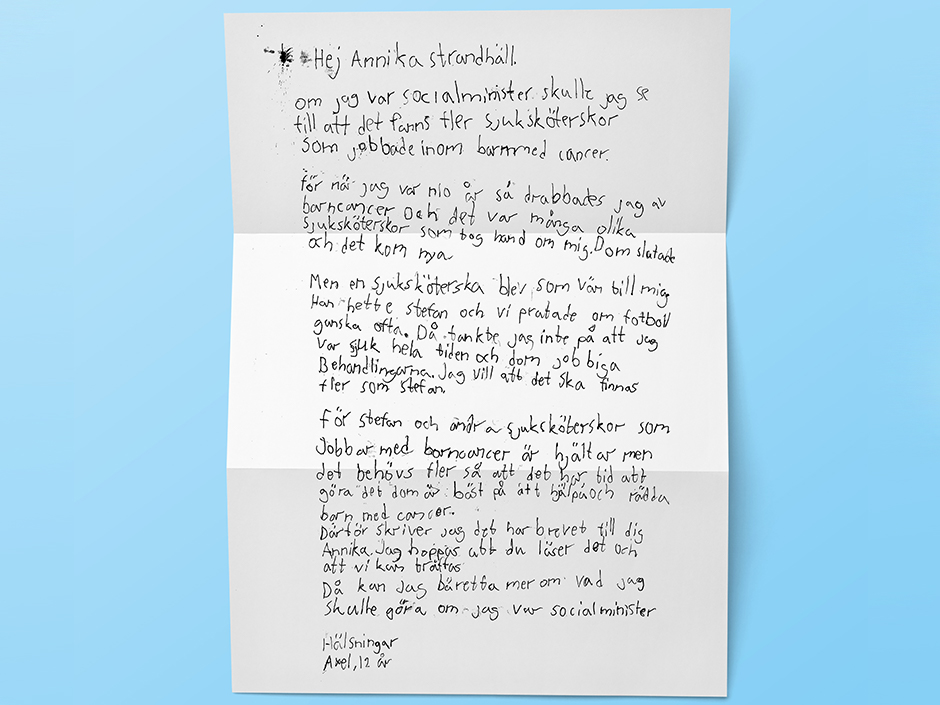
Childhood cancer care in Sweden needs more resources. To raise awareness of the difficult situation in the healthcare system, the Swedish Childhood Cancer Fund launched an opinion-shaping campaign in 2017 called “If I were the Health Minister”. The video featuring Freja, Axel and Isak has been viewed a million times.
In the video “If I were the Health Minister”, Freja, Axel and Isak address the real Minister for Health and Social Affairs, Annika Strandhäll. The trio have all had cancer themselves, and the Swedish Childhood Cancer Fund chose to let them speak out about the lack of medical professionals and how it affects patients. The video has been viewed a million times and shared 23,000 times on Facebook – completely organically.
After the campaign had been up and running a few days, Annika Strandhäll contacted the three childhood cancer survivors and invited them in for a day-long internship at the Ministry of Health and Social Affairs.
“Rather than making the Fund the primary voice, we spotlighted three survivors of childhood cancer,” says Amelie Furborg, Head of PR and Opinion at the Swedish Childhood Cancer Fund, “and I think that’s one of the reasons the campaign was shared so widely. By sharing their stories and experiences in social media, we created awareness and interest in the issue among the general public, healthcare professionals and decision-makers.”
The campaign was a continuation of an analysis of the healthcare situation in paediatric cancer wards conducted by the Swedish Childhood Cancer Fund during the year. It showed that many hospitals lack beds due to the shortage of nurses, and that children are often treated in other wards that are not specialised in cancer. It also turned out that children with cancer sometimes had to travel to other cities to get the care they needed to save their lives.
After the campaign, the Social Democrats earmarked SEK 500 million for cancer care in their budget, and promised that paediatric oncology would be a priority area.
“We are pleased that the Social Democrats want to invest in cancer care, and that they are including childhood cancer in the initiative,” Furborg says. “Our analysis showed a major shortage of healthcare professionals and specialists in paediatric oncology, which is a threat to adequate paediatric cancer care. We are pleased that the issue is now at the top of the decision-makers’ agenda.”
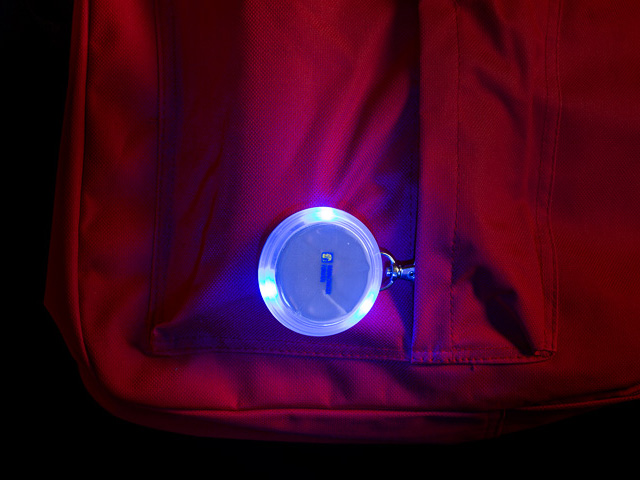
The Ahlsell company contributed SEK 2 million to the Swedish Childhood Cancer Fund in 2017.
“The Swedish Childhood Cancer Fund is doing incredibly important work in supporting childhood cancer research,”
says Magnus Nordstrand, purchasing director at Ahlsell. “That’s something we value very highly.”
Ahlsell, a key partner of the Swedish Childhood Cancer Fund, is a distributor of installation products, tools and supplies in plumbing, electricity, refrigeration and construction. In early 2017, the company produced 150,000 LED reflectors with the Swedish Childhood Cancer Fund logo, which have been sold in Ahlsell’s stores.
“The reflectors will be sold to retailers for the next winter season,” says Elinor Westerberg at the Swedish Childhood Cancer Fund’s corporate fundraising department. “When they are all sold, it will generate SEK 6 million for us. We are very grateful for that, and for our partnership.”
In addition to contributing reflectors, Ahlsell launched a more sustainable marking spraypaint for the construction industry, for which SEK 5 of each can sold went to the Swedish Childhood Cancer Fund. The company also chose to donate SEK 350,000 rather than giving employee Christmas presents. And they arranged for coins to be collected for the cause. In total, Ahlsell contributed SEK 2 million in 2017.
“It’s important to us to contribute to a better society,” Nordstrand says, “and our partnership with the Swedish Childhood Cancer Fund is an important initiative.”
Ahlsell has previously had several partnerships with charity organisations, but a few years ago they decided to work only with the Swedish Childhood Cancer Fund because they wanted more continuity in their charity work. The fact that the Swedish Childhood Cancer Fund contributes to research was also important to their decision. In addition, their goal to be an industry leader in sustainability and developing new products in collaboration with the Swedish Childhood Cancer Fund is a unique way to get their core activities involved in the CSR partnership.
“We wanted to invest all of our efforts into the Swedish Childhood Cancer Fund rather than spreading ourselves too thin,” Nordstrand explains. “Our partnership with this charity is part of our sustainability efforts. Perhaps the most important result of this initiative is proud employees who feel that we at Ahlsell are contributing to an important cause. At the same time, we get the opportunity to spread information about our sustainability work and social responsibility in our purchasing, which in turn can lead to more satisfied customers.”

The Swedish Childhood Cancer Fund is reviewed by Swedish Fundraising Control, which makes sure that organisations with approved donations accounts spend at least 75% of their revenues on mission-related initiatives.
Donor Service: +46 20 90 20 90
Secretariat: +46 8 584 209 00
Street address: Hälsingegatan 49, Stockholm
E-mail: info@barncancerfonden.se
Corporate registration number: 802010-6566
Plusgiro: 90 20 90-0
Swish: 90 20 900
Questions & answers – visit our support forum
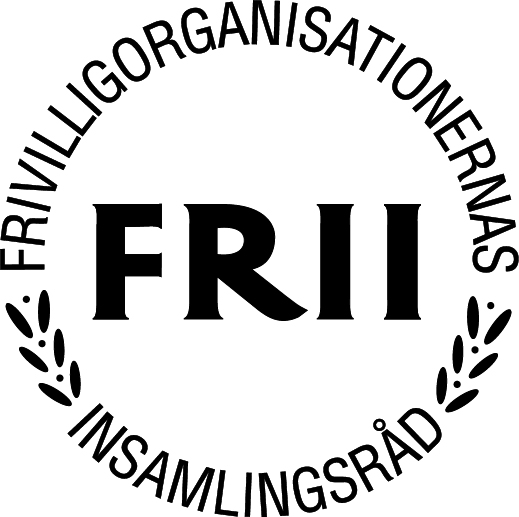 The Swedish Childhood Cancer Fund complies with the Swedish Fundraising Council’s (FRII) quality code
for fundraising organisations. The purpose of the code is to increase transparency and openness in the
sector, thereby strengthening confidence in organisations that comply with the code.
The Swedish Childhood Cancer Fund complies with the Swedish Fundraising Council’s (FRII) quality code
for fundraising organisations. The purpose of the code is to increase transparency and openness in the
sector, thereby strengthening confidence in organisations that comply with the code.
 På Svenska
På Svenska